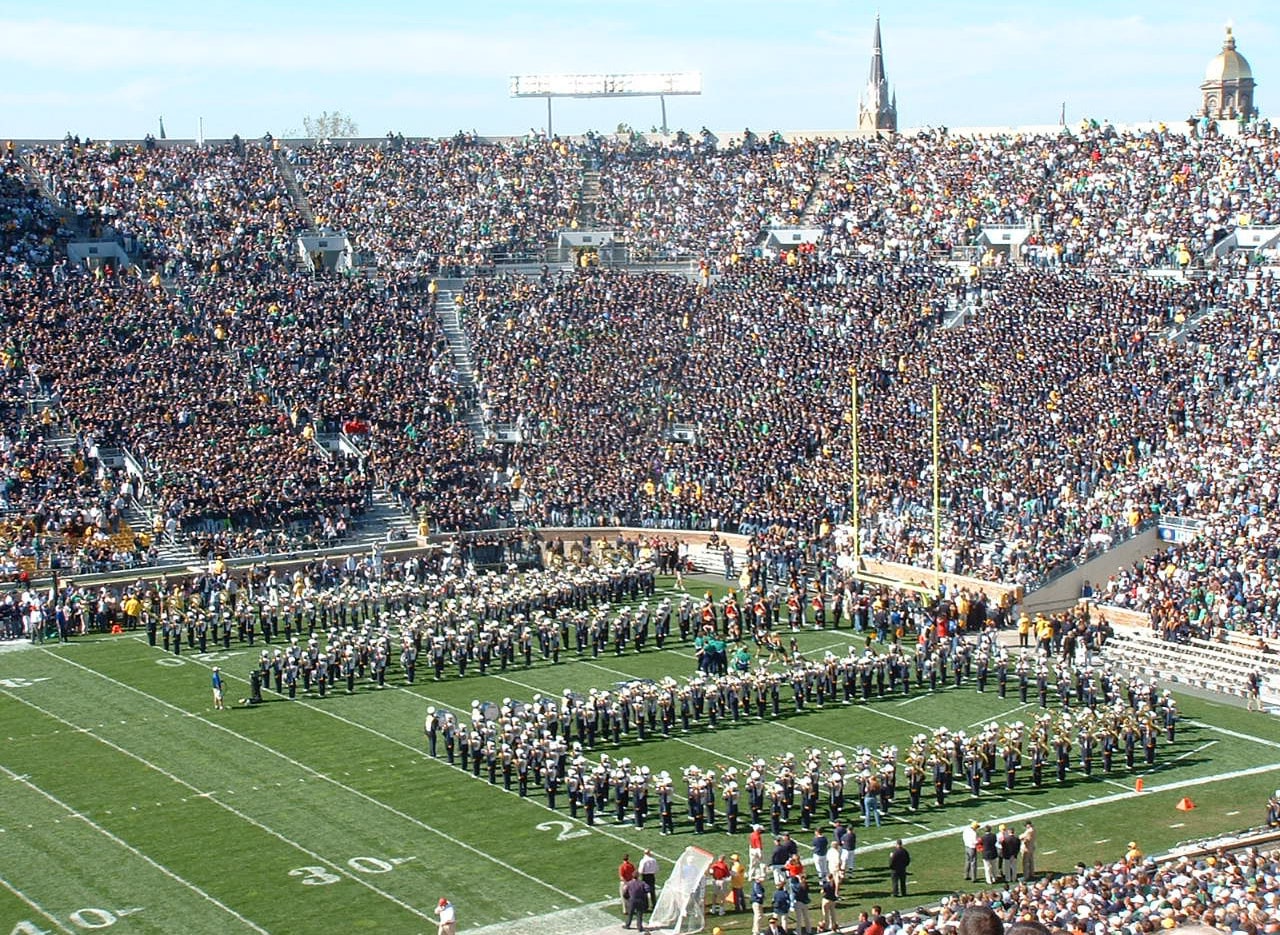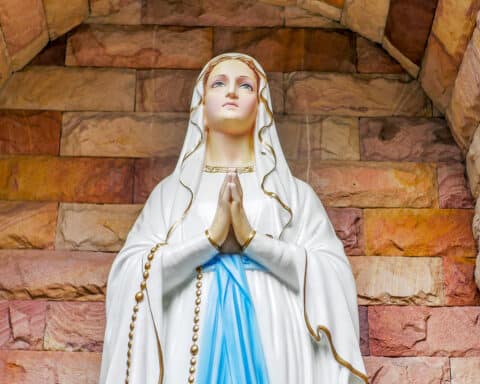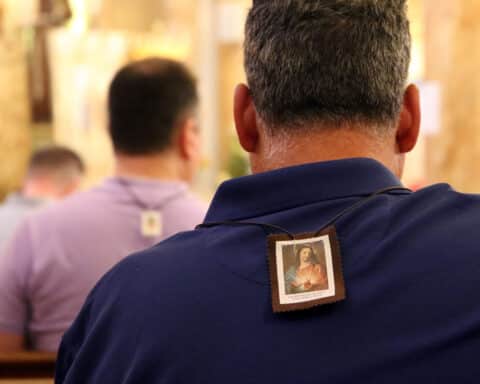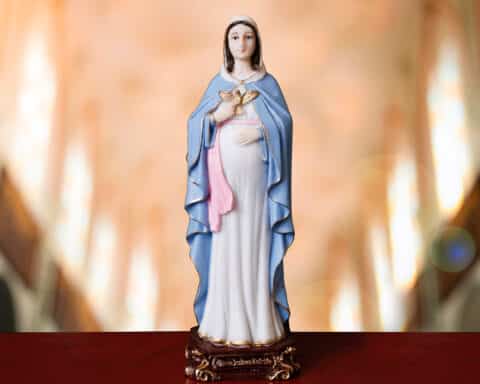Ronald Reagan served as U.S. president from 1981 to 1989. He died in 2004. He first worked in radio. Then he switched to motion pictures. He appeared in many movies, but arguably the best known, certainly the production to which he most often referred, was “Knute Rockne: All American” released in 1940.
Reagan played the role of George Gipp, a star football player at Notre Dame who, at the pinnacle of his career, died. The film centers upon Knute Rockne, Notre Dame’s legendary coach.
When the movie was released, Notre Dame football was an American legend. It still is. Its home games are treated as rituals. Students pack the stands. At every game, rain or shine, they sing the school’s Alma Mater, accompanied by the equally legendary Fighting Irish Marching Band.
These are the Alma Mater’s words: “Notre Dame, our mother, tender, strong and true, proudly in the heavens gleams thy gold and blue. Glory’s mantle cloaks thee, golden is thy fame, and our hearts forever praise thee, Notre Dame; and our hearts forever love thee, Notre Dame.”
People often assume the song is about the university, thinking that “gold” represents the historic golden dome atop its administration building standing “proudly in the heavens.” They believe “gold and blue” refer to the colors of its athletic uniforms.
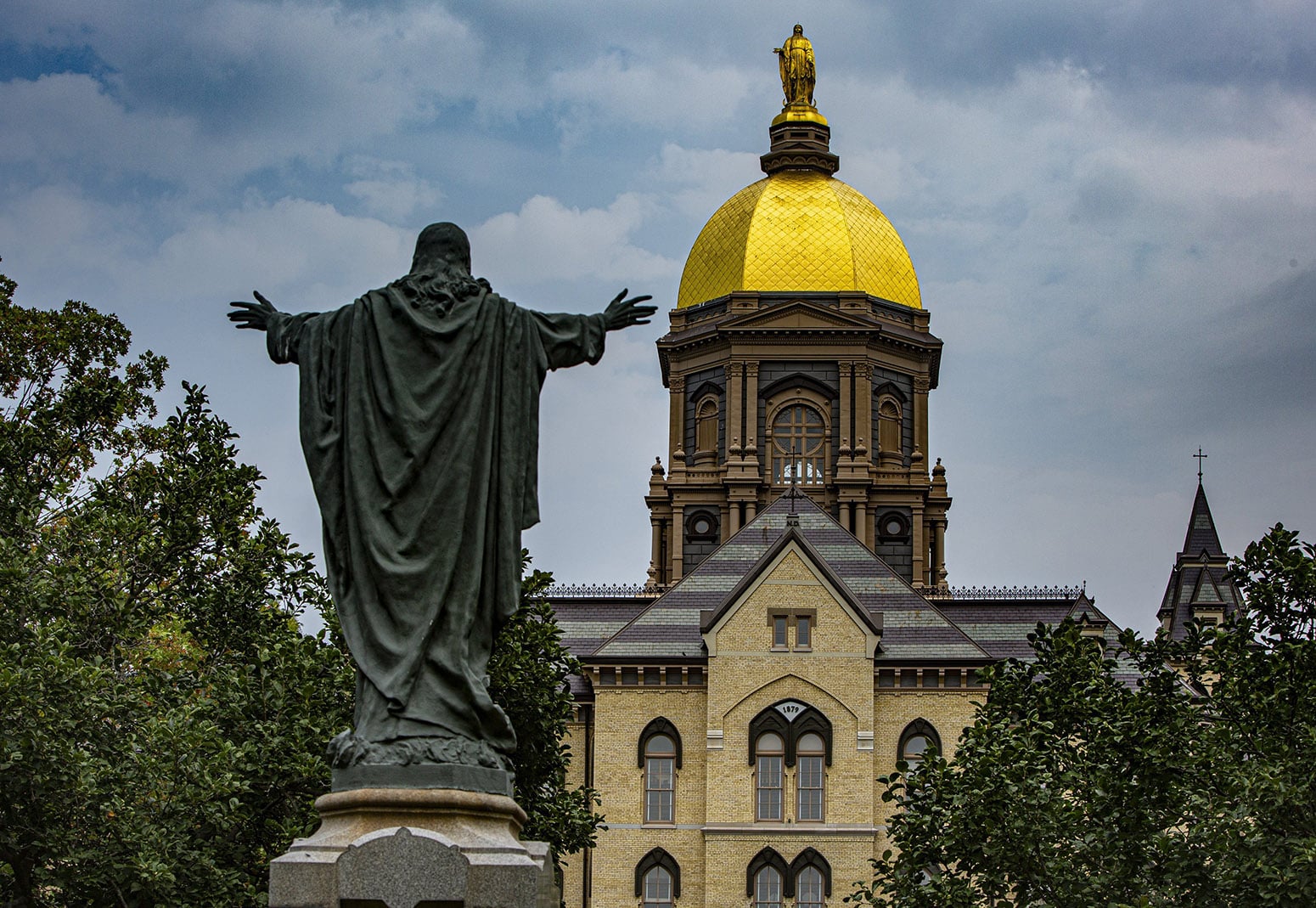
True meaning of the song
It surely has ties with the school, but it also is a hymn to the Blessed Mother, the school’s heavenly patroness. The French priests who founded the university in 1844 named it the school in honor of Mary, “Notre Dame,” “Our Lady” in French.
Knute Rockne was, for Notre Dame students, a hero. In 1931, he was on a plane that crashed into a Kansas wheat field. Everyone aboard, including Rockne, was killed. The university’s student body was paralyzed with sorrow.
To cope with the grief that made news around the world, someone at Notre Dame composed this song, meaning it to be a hymn to Mary. It presented the Blessed Mother as a model to follow in times of stress and sorrow. She is called “Our Lady of Sorrows” for good reason. She witnessed, with a mother’s love, with human feelings, the torture and crucifixion of Jesus. She watched as Jesus died. She totally understands pain and loss.
She always is beside the troubled, “our mother, tender, strong and true.” From the cross, Jesus gave her to the world. “Behold your mother” (Jn 19:27). She answers prayers, so the song exclaims: “golden is thy fame.” She reigns in heaven, where gleam her “gold and blue.” Gold symbolizes Christian victory over death in Christ; blue symbolizes peace. Untold millions of Christians, for 20 centuries, have “praised” her and “loved” her, just as she herself forecast in St. Luke’s Gospel (cf. Lk 1:48).
Television brings Notre Dame football into countless homes across the country. Whenever this song is heard, remember its origin and purpose. It is an act of faith, spoken in confidence and with love. It celebrates the person most important in the story of salvation, other than the good Lord himself.

Reagan’s Catholic ties
As for Reagan, he addressed Notre Dame’s Commencement in 1981. It was a great day.
He was never a Catholic. He was one of two children of a Protestant mother and an Irish-Catholic father, who did not take religion very seriously. Reagan’s brother became a Catholic as an adult.
Ronald Reagan’s first wife was a Catholic, Jane Wyman, the actress. When they were married, non-Catholic spouses promised, in writing, that children of the marriage would be reared as Catholics. The marriage produced two children. Ronald Reagan kept his word. Their daughter, Maureen, died of cancer in 2001. Her funeral was conducted in the Catholic cathedral in Sacramento, California.
Reagan divorced Jane Wyman. She died in 2007 and was buried, at her request, in the habit of a Third Order Dominican.
Catholics, including Pope St. John Paul II, saw him as a friend.

